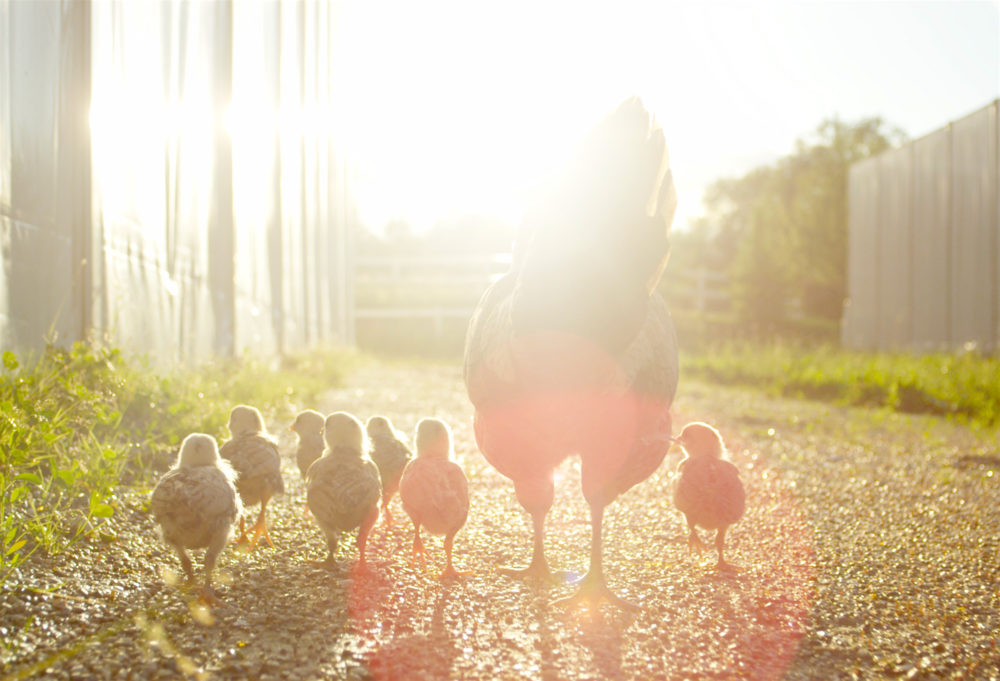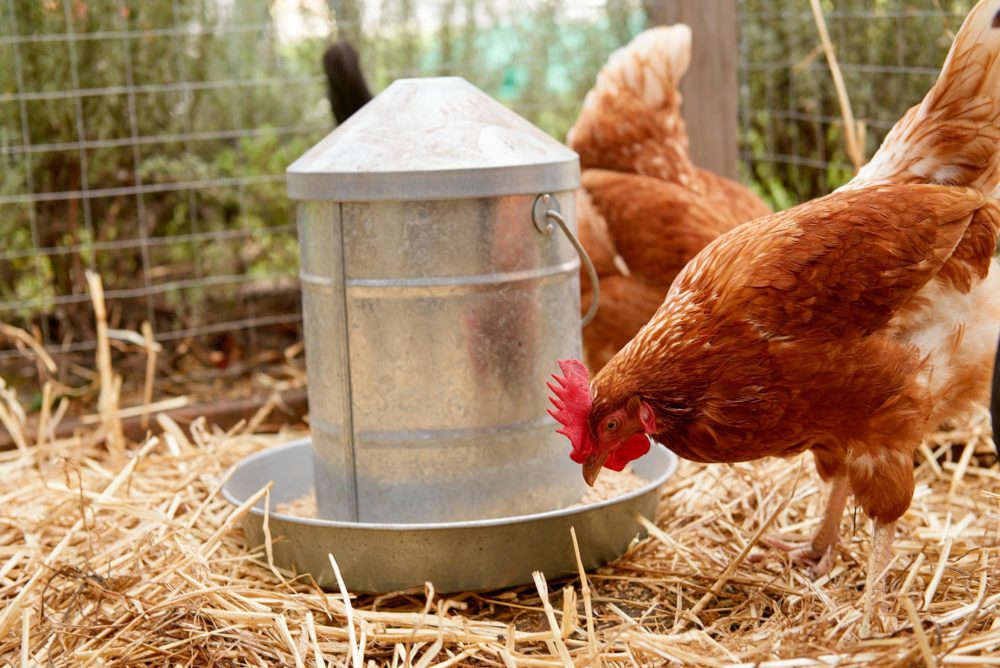Light Levels and Egg Laying
Lighter Seasons

Mid-August to early September we notice our birds starting to get out of the coop a bit more and start enjoying the nicer weather. Even though the mornings are still fresh, the days are gradually getting longer and this is stimulating egg production.
Naturally birds respond to winter by typically moulting, more universally in subsequent laying cycles. Some would say it’s a perfect time for a winter break, and yes the hen is indeed using this period to recoup body reserves and prepare for the following season. Traditionally other factors can cause a moult and different breeds of birds can be more or less susceptible to moulting, but in the sense of winter, day light hours is driving this.
Anatomy
 Your hens require a minimum of 15 hours of light per day to reach optimal egg production. In the majority of non-mammal species, including birds, their pineal gland is responsible for sensing this change. This light sensitive gland acts as a self-sufficient circadian clock, regulating the hen’s growth, reproduction and behaviour.
Your hens require a minimum of 15 hours of light per day to reach optimal egg production. In the majority of non-mammal species, including birds, their pineal gland is responsible for sensing this change. This light sensitive gland acts as a self-sufficient circadian clock, regulating the hen’s growth, reproduction and behaviour.
Chickens have large, flattened shaped eyes which are highly sensitive to light, much greater than the human eye. Besides their eyes, their pineal gland and hypothalamus (endocrine glands producing hormones) are also highly active and stimulated by light effecting their daily behaviours and metabolism. Once the hormone is released into the blood stream it directly acts on the ovaries to trigger egg production. They are not only regulating the release of melatonin, the hormone responsible for body temperature and sleep cycles, but also driving the hen’s metabolism and therefore feeding and drinking patterns.
Nutrition
Watching your hen’s nutrition is therefore one element you need to stay on top of as she is coming back into, or starting to lay. Sexual maturity, body weight, nutrition and day light hours are the 4 main factors that determine when she will start laying. Offering a high protein balanced diet that has ample nutrients, particularly calcium to support the enduring egg output, is key to setting your hens up for success.
Using Artificial Lighting

It is possible to use artificial lighting to keep your hens laying throughout winter months. Artificial lighting can be used within your hen house, but can be difficult to achieve. Often our hen houses aren’t close to a constant electrical supply, and be mindful that they then act as a fire risk. Once set up correctly lighting works very well and the birds adapt well, essentially by artificially manipulating the daylight length exposed to your hen, she skips the winter drop in egg production. There are some pros and cons to consider if you’re thinking of using artificial light
Pros |
Cons |
| Miss the winter drop in egg numbers | Egg laying period shortened, like humans she has a certain number of eggs when born and this number doesn’t change just for the period she produces them. |
| Reduce the impact of moulting on hen | Need to make sure all birds in flock are ready to lay. You don’t want to overstimulate birds who are not ready. |
| Have plentiful supply of eggs all year round regardless of season | Consistency is key- lighting quality (lux) needs to be maintained and not too bright |
The Best Age to Get Birds

The other main thing as backyard chook owners we need to consider is when deciding to start a flock or bring new birds into the flock is what season it is, is it the best time to be getting birds. Typically for first time chicken owners we recommend getting young pullets at point of lay birds (ready to lay) or aiming for them to be between 18-23 weeks of age in September/October. This way you are naturally encouraging them to lay with their biological clock and as the weather is getting more enjoyable.

